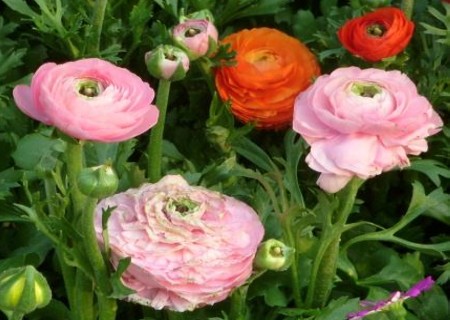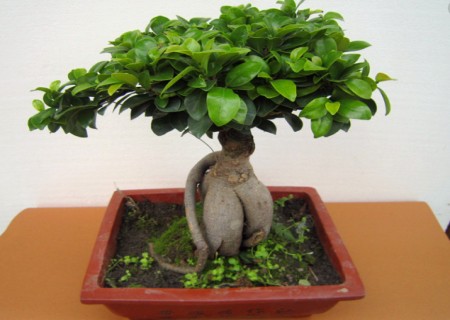How to cultivate tulips in water
Friends who like flowers all know that tulips are beautiful. Compared with hyacinth, it is difficult to tolerate hyacinth after seeing tulips. But tulips, like hyacinths, can be hydroponically cultivated except for soil cultivation. But compared with native culture, it seems that people prefer hydroponics. After all, hydroponics is cleaner and tidy.

1. Disinfection of seeding balls
No matter it is hydroponic culture or soil culture, we should disinfect and sterilize the newly acquired seed balls in time, especially those just bought online. There are many disinfection drugs, such as carbendazim, chlorothalonil, potassium permanganate, etc., as long as we can be diluted with water reasonably, the soaking time is generally about half an hour.
Second, the water depth is suitable
Since it is hydroponic culture, there is no need for water. But as an aquaculture of tulips, the bulbs can not be completely submerged below the surface of the water. The recommended practice is that the water injected into the container can just touch the bottom of the bulb. Of course, when placing the seed ball, we need to pay attention to the need to put the small end of the seed ball up to facilitate budding.
III. Cover protection
After placing the seed ball and completing the water injection, add the lid to the container and be careful not to touch the tip of the bud. Then put the container in a place with plenty of light. It is advisable to keep the ambient temperature at 8-14 °C. It will take root and sprout in about a week.
Fourth, change the water and turn the basin
The water management of tulip bulbs in the budding stage is very important. We need to be prepared for timely observation to ensure adequate hydration. About every 3-4 days to change the water, the water is dripped into the right amount of nutrient solution, each time to change half the amount of water. Because changing all the water at once will make the root system unable to adapt for a while, which is very disadvantageous to its normal growth. In addition to changing water, in order to make the light more sufficient, better promote photosynthesis and grow better, we also need to do a good job of turning basin treatment.
Fifth, replenish nutrients
After the young tulip plant has 3-4 leaves, it begins to pull out the bud. During this period, we need to do a good job in the supplement of nutrient elements, mainly boron intake. Because the intake of the right amount of boron helps to make the flowers more beautiful after blooming. So we need to replenish boron fertilizer properly. And the temperature should also be raised to about 17 °C, which is more conducive to the formation of buds.
Light control after anthesis
The tulip bud can bloom after it is pulled out for up to a week, but it should be properly shaded when it begins to bloom, which can prolong the flowering period. Therefore, in order to enjoy the flowers longer, it is recommended that you move the flowerpot to the shade or take appropriate shading measures at this time.
It can be seen that the operation of hydroponic tulips is quite simple, and compared with soil culture, it is cleaner and cleaner, and will not dirty the environment. However, as the hydroponic seed ball is usually disposable, it can not be used again after use, so we should be psychologically prepared in this regard.
Time: 2019-05-30 Click:
- Prev

How to raise buttercups (sharing of breeding experience)
Ranunculus is a bulbous flower plant of Ranunculaceae. It likes cool climate and is suitable for growing at 15-25C. Because of the hot and humid climate in the south, it is difficult to see this kind of flower and plant in general.
- Next

How to change the banyan bonsai
The banyan bonsai generally needs to be changed every 2 years, and the time to change the basin is generally set after the banyan tree enters a dormant state, that is, the two periods of early spring or late autumn. On the other hand, the basin change of the banyan tree should be adjusted in the basin soil, and the right amount of fully mature organic matter can be added to the basin soil.
Related
- Fuxing push coffee new agricultural production and marketing class: lack of small-scale processing plants
- Jujube rice field leisure farm deep ploughing Yilan for five years to create a space for organic food and play
- Nongyu Farm-A trial of organic papaya for brave women with advanced technology
- Four points for attention in the prevention and control of diseases and insect pests of edible fungi
- How to add nutrient solution to Edible Fungi
- Is there any good way to control edible fungus mites?
- Open Inoculation Technology of Edible Fungi
- Is there any clever way to use fertilizer for edible fungus in winter?
- What agents are used to kill the pathogens of edible fungi in the mushroom shed?
- Rapid drying of Edible Fungi

